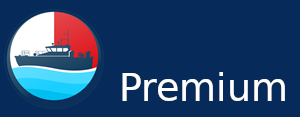Found on YouTube. Created by "Future Pilots".
Join the conversation...
BG
Berat Geyik
Dekas Pilotage Inc.,
Turkey
on 19 August 2020, 13:15 UTC
Quite good visual knowledge. Many thanks to provider.
Read more...


